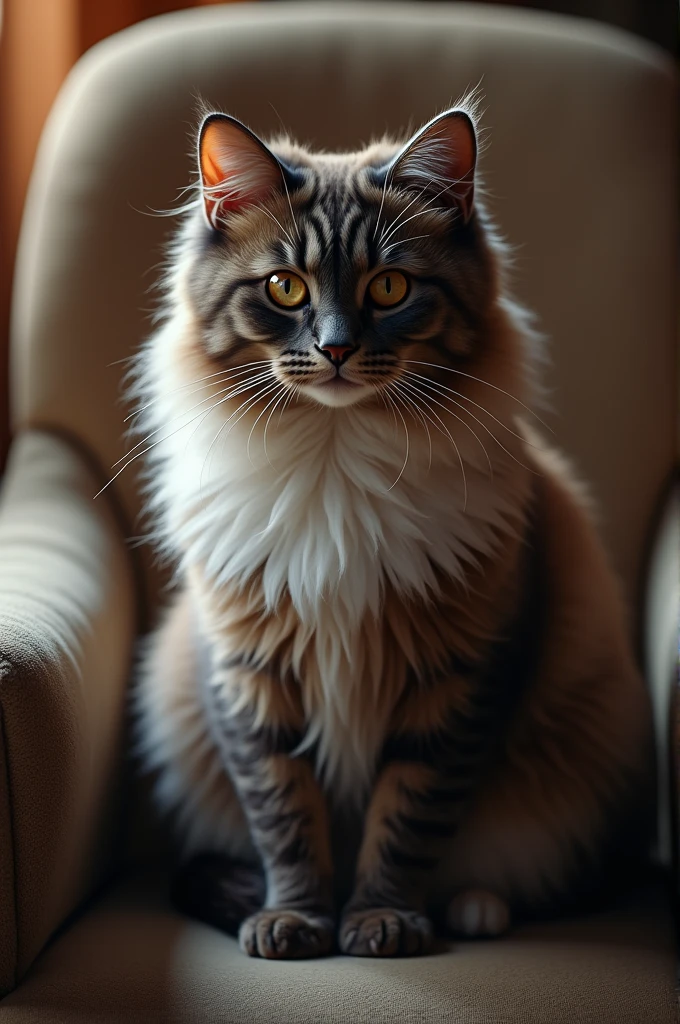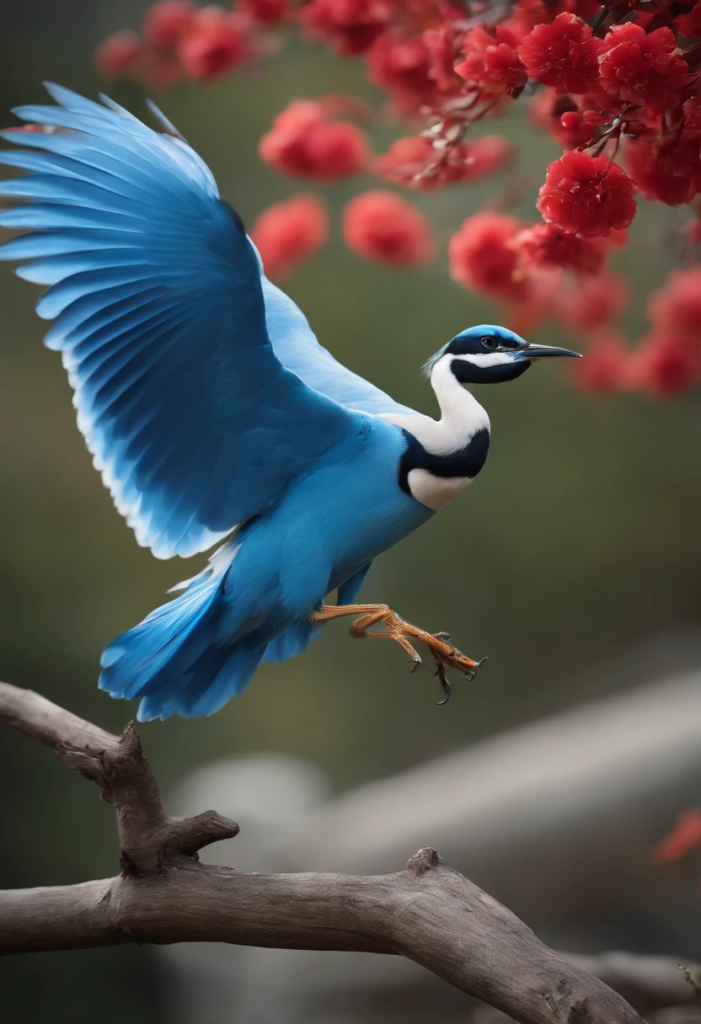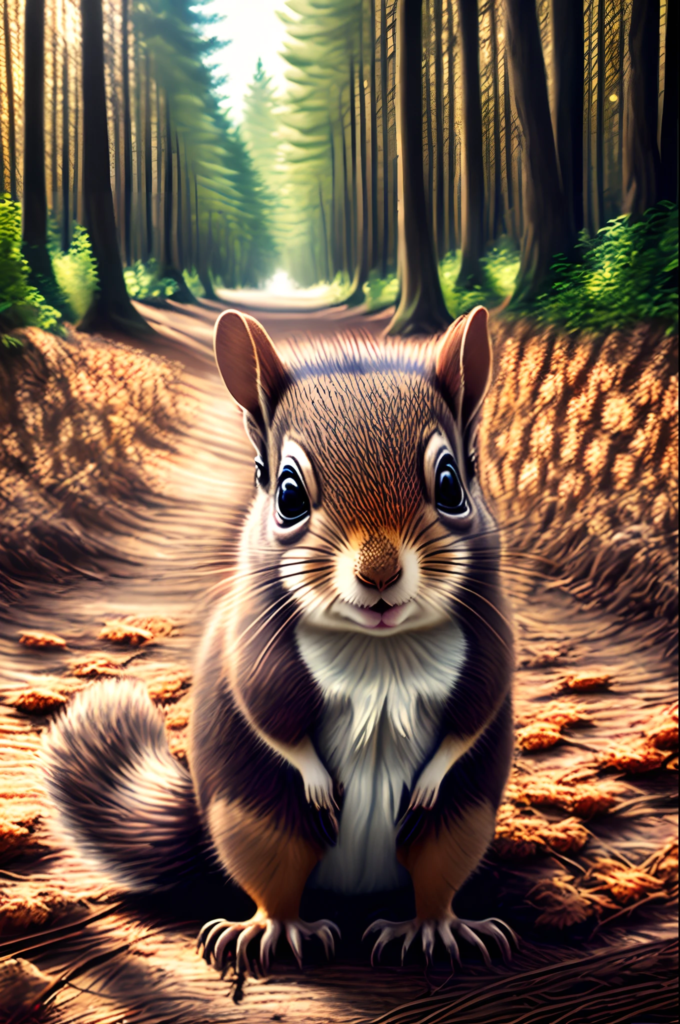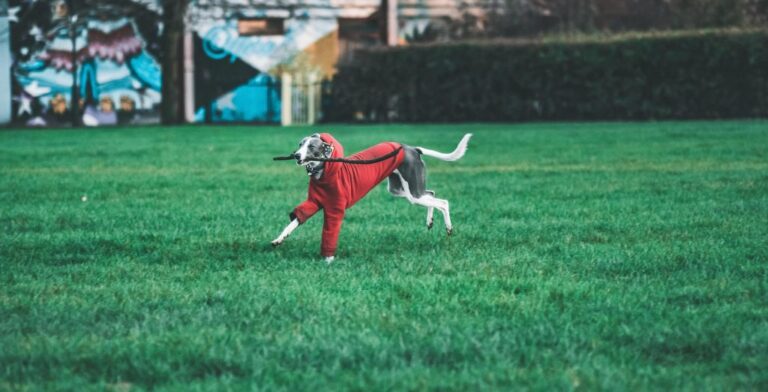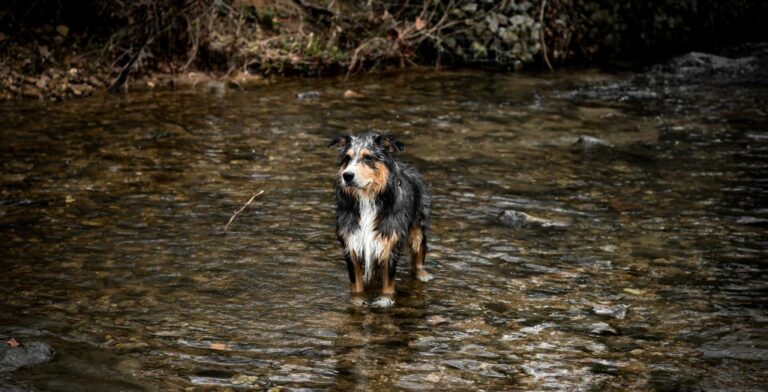The Komondor Dreadlock Dog Breed Guide
The Komondor, often referred to as the “Komondor Dreadlock Dog,” is one of the most distinctive and fascinating dog breeds in the world. Known for their unique corded coat and powerful guarding instincts, the Komondor has a rich history and numerous qualities that make them exceptional companions and guardians.
History and Origin of the Komondor
The Komondor’s history dates back over a thousand years to the Hungarian plains. Bred to guard livestock, these dogs were highly valued by Hungarian shepherds for their ability to protect flocks from predators like wolves and bears. Their corded coat provided camouflage among the sheep, enhancing their effectiveness as protectors.
Historians believe that the Komondor Dreadlock Dog descended from ancient Tibetan dogs brought to Hungary by nomadic tribes. Over centuries, the breed’s traits were refined to suit the demanding role of livestock guardianship. Today, the Komondor is recognized as a national treasure in Hungary and remains a symbol of heritage and pride.
Unique Appearance: The Iconic Corded Coat
The Komondor’s most striking feature is its corded coat, which resembles Komondor Dreadlock Dog. This coat is not just for show—it serves practical purposes. Here’s what you need to know:
- Protection: The thick cords protect the dog from harsh weather and bites from predators.
- Camouflage: Blending in with sheep makes the Komondor an effective guardian.
- Low Shedding: Despite its dense appearance, the coat sheds minimally.
The coat begins to cord naturally around one year of age and requires meticulous maintenance. Owners must separate cords regularly to prevent matting and ensure the dog’s comfort and health.
Temperament and Personality Traits
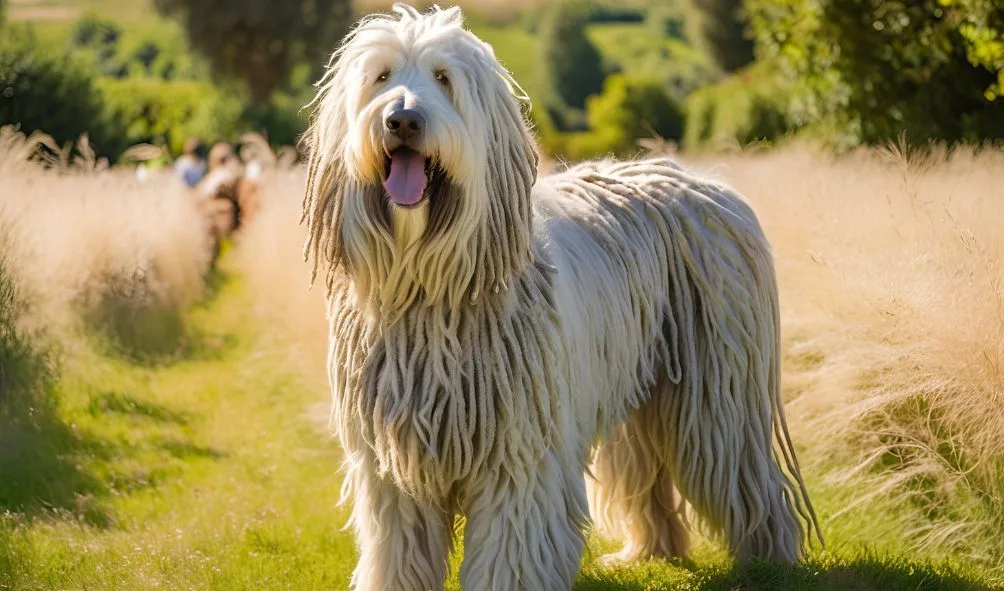
Komondors are loyal, independent, and protective. Their temperament is shaped by their history as working dogs. Key traits include:
- Guarding Instincts: Komondors are naturally wary of strangers and fiercely protective of their family and property.
- Intelligence: They are quick learners but require consistent training to manage their strong-willed nature.
- Affectionate: While independent, they form strong bonds with their family and are gentle with children.
Because of their guarding instincts, early socialization is crucial. Exposure to various environments, people, and animals helps them grow into well-rounded companions.
Caring for a Komondor
Owning a Komondor requires commitment, especially when it comes to grooming and exercise. Here are essential care tips:
Grooming Needs
The corded coat demands attention. While the breed doesn’t require traditional brushing, owners must:
- Separate cords by hand to prevent matting.
- Bathe the dog occasionally, ensuring thorough drying to avoid skin issues.
- Inspect for debris and parasites, as the coat can trap dirt.
Exercise Requirements
Komondors need moderate exercise to stay healthy and happy. Daily walks and playtime in a secure yard are ideal. As natural guardians, they also enjoy tasks that engage their minds.
Diet and Nutrition
A balanced diet is essential for the Komondor’s well-being. High-quality dog food with the right balance of protein, fats, and carbohydrates supports their active lifestyle. Always consult a veterinarian for specific dietary recommendations.
Health Concerns and Lifespan
Komondors are generally healthy dogs but can be prone to certain conditions. Common health concerns include:
- Hip Dysplasia: A genetic condition affecting joint function.
- Bloat: A potentially life-threatening issue common in large breeds.
- Skin Infections: Due to their thick coat, regular inspection is necessary.
With proper care, the Komondor typically lives 10-12 years. Regular veterinary check-ups and preventative care are crucial for a long, healthy life.
Training a Komondor: Tips for Success
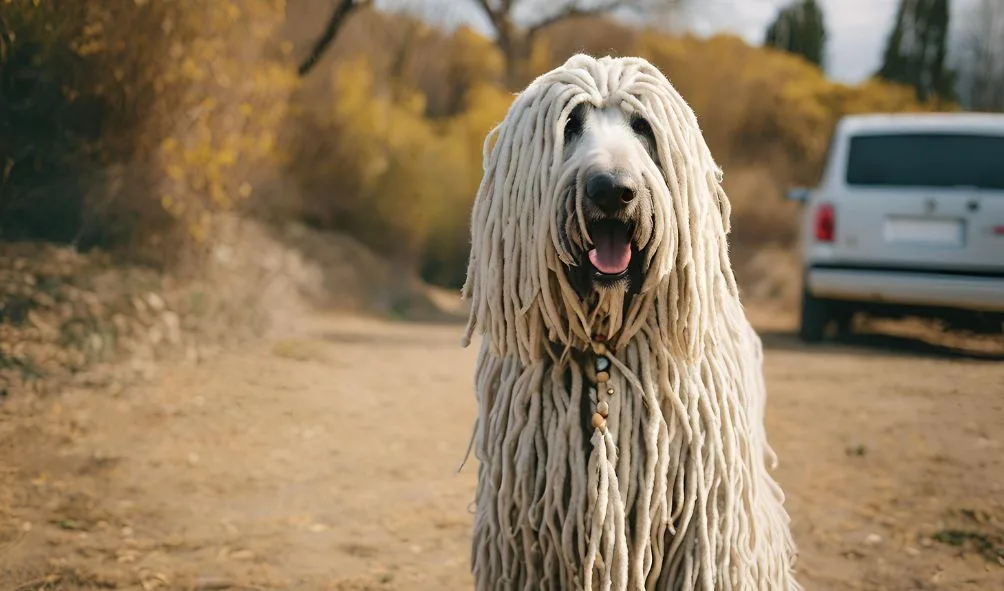
Training a Komondor requires patience and consistency. Their intelligence and independence mean they can excel in training, but they need firm, positive reinforcement. Focus on:
- Basic Obedience: Start with commands like sit, stay, and come.
- Socialization: Introduce them to diverse situations from a young age.
- Guarding Behavior: Teach them to differentiate between threats and non-threats.
Professional training classes can be beneficial, especially for first-time Komondor owners.
Is a Komondor Right for You?
The Komondor is not for everyone. Their unique coat and guarding instincts require dedicated owners who can meet their needs. Ideal Komondor owners are:
- Experienced with large, independent breeds
- Willing to invest time in grooming and training
- Seeking a loyal and protective family companion
If you’re prepared for the commitment, the Komondor can be a loving and rewarding addition to your household.
Komondor in Modern Culture
Despite their historical roots, Komondors have found a place in modern households. Their striking appearance has made them popular in dog shows and competitions. Additionally, their loyal and protective nature has earned them roles as therapy and service dogs. Many owners enjoy the breed’s balance of independence and affection, which makes them both low-maintenance in some respects and highly rewarding in others.
Komondors have also become a symbol of resilience and tradition, representing the enduring bond between humans and working dogs. Whether guarding flocks or lounging in the living room, these dogs continue to impress with their intelligence and dedication.
Famous Komondors
Throughout history, Komondors have made appearances in art, literature, and even media. As guardians of Hungarian heritage, they are often featured in cultural celebrations. Some Komondors have gained recognition for their work in modern roles, including search and rescue operations. Their unique look also makes them a favorite subject for photographers and artists around the world.
FAQs
1. Do Komondor Dreadlock Dog shed a lot?
No, Komondor Dreadlock Dog shed minimally. However, their corded coat requires regular maintenance to prevent matting.
2. Are Komondor Dreadlock Dog good with children?
Yes, Komondor Dreadlock Dog are gentle and protective with children they know. Early socialization helps reinforce positive interactions.
3. How much exercise does a Komondor Dreadlock Dog need?
Komondor Dreadlock Dog need moderate exercise, such as daily walks and playtime. Mental stimulation is equally important.


